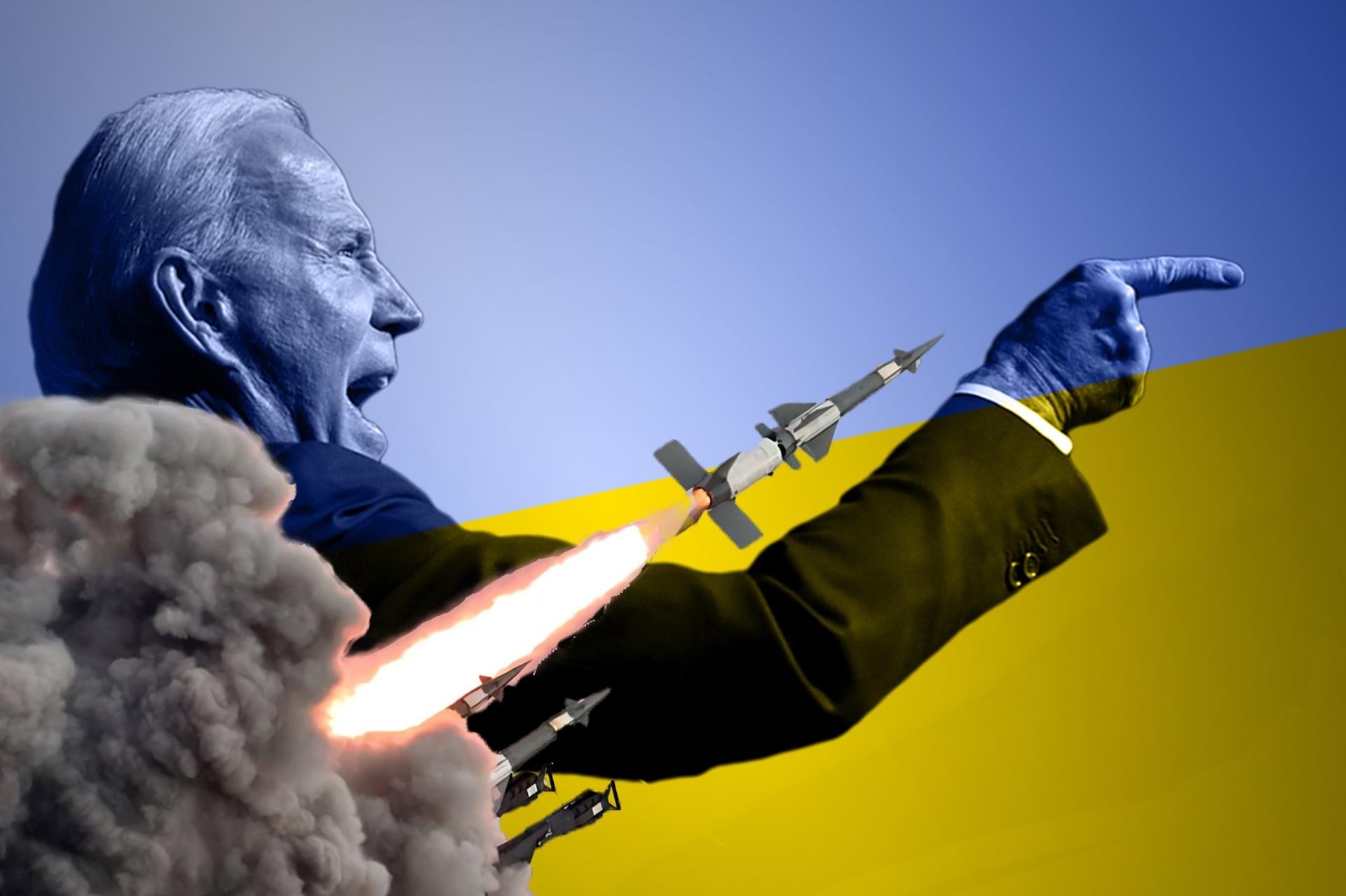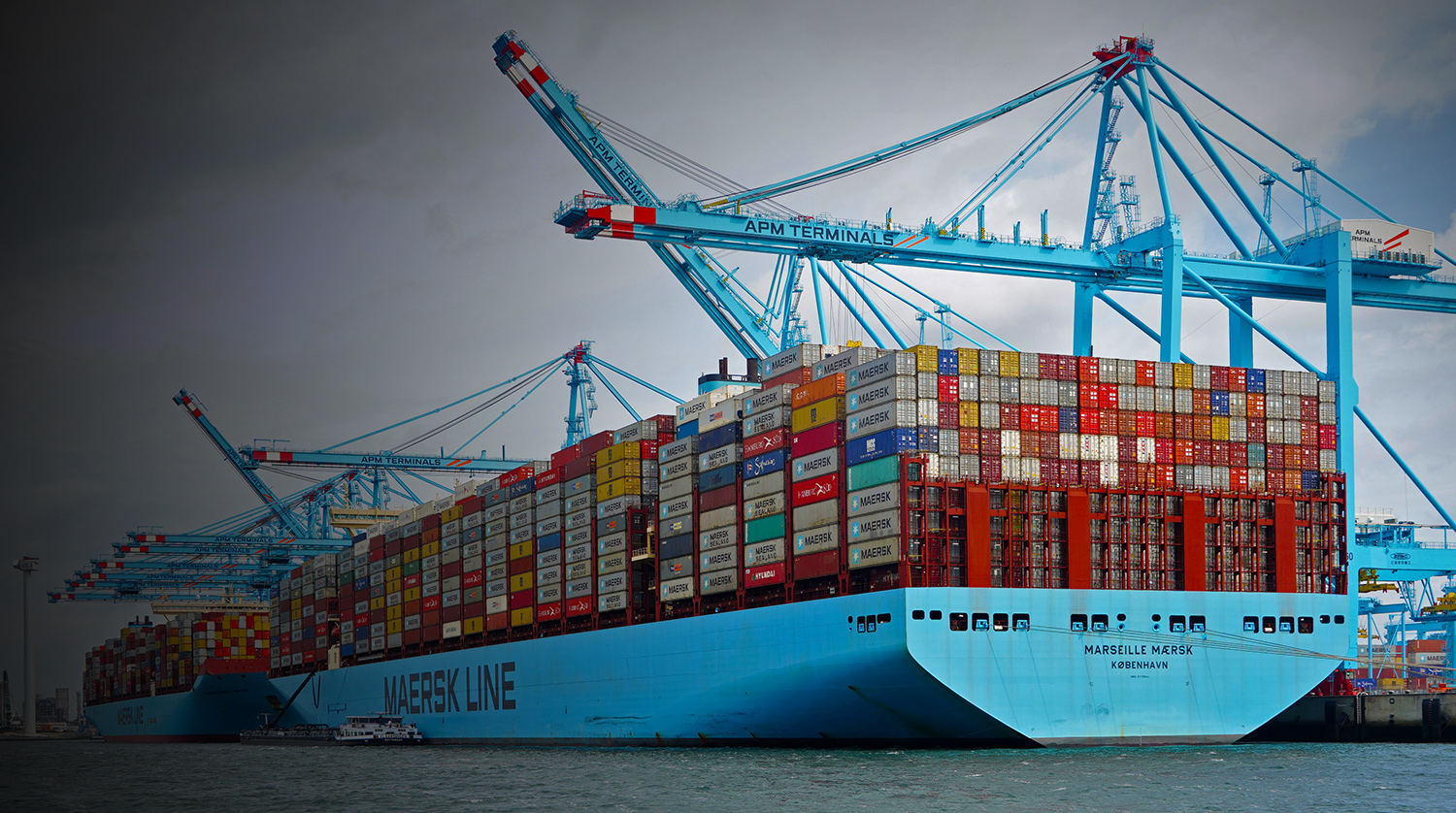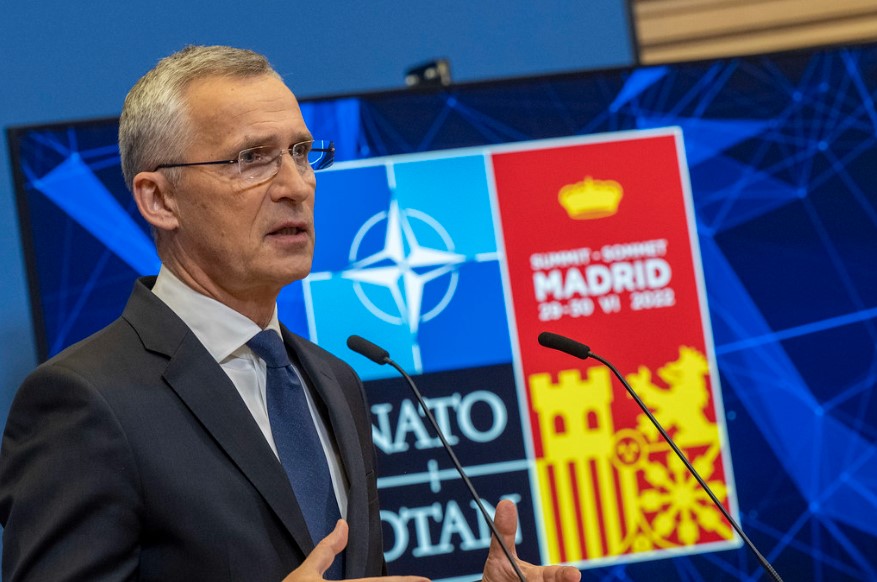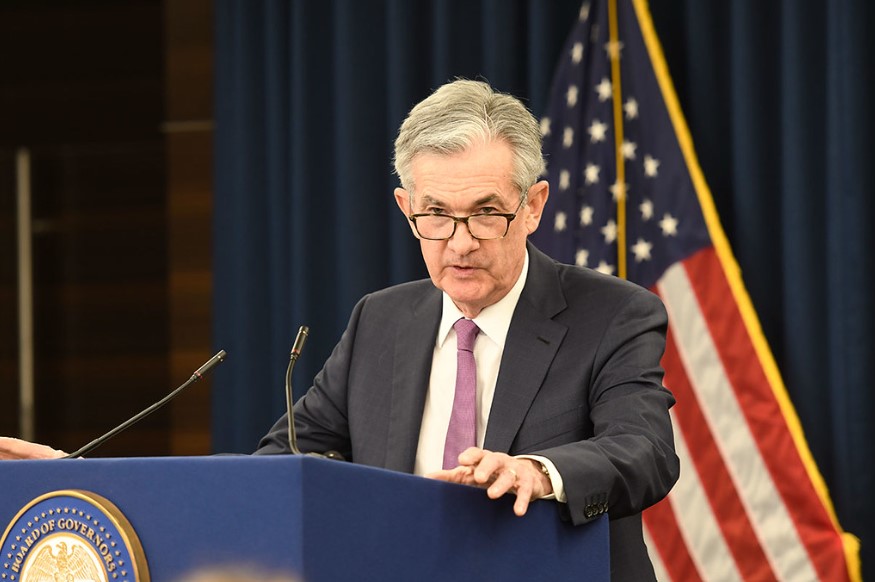The past few months have seen central banks scrambling to raise interest rates to control inflation. Yesterday, the Federal Reserve introduced another 0.75 percentage point hike, and the Bank of England will follow suit today. This spate of rate hikes caused mortgage rates to multiply, government borrowing rates to spiral, and now a recession looms. This will be painful for ordinary people, but will the ruling class achieve its aims?
Two and a half years ago, the central banks plunged unprecedented amounts of money into the economies of the world. To prevent a COVID-accelerated recession, they engaged in an historic expansion of credit. They generated electronic money at a never before seen scale. Much of this went to fund huge government deficits.
Now the chickens have come home to roost. For the past 18 months, inflation has been creeping upward as lockdowns have eased, and better-off workers could once again consume. In the US, a chance presented itself for these workers to spend the $2,000-apiece stimulus checks that they had been provided by the government. The case was more extreme in the US, but the same process took place across the advanced economies.
Perfect storm
Supply chain problems, including frequent Chinese lockdowns, together with a surge in demand, created a perfect storm. Still, central banks persisted even last autumn with their ultra-loose monetary policy. The truth is that they feared the inevitable consequences of tightening: namely, provoking a recession, and massive political instability.
 The Ukraine war upended an already unstable situation / Image: In Defence of Marxism
The Ukraine war upended an already unstable situation / Image: In Defence of Marxism
Then came the Ukraine war, which upended all the calculations. The price of food, fertiliser, wood, minerals, and many other commodities spiralled. Economic warfare against Russia was causing serious strains on supply of raw materials, forcing prices up in a whole range of sectors. To this cocktail of misery, climate change needs to be added, which keeps disrupting harvests and even causing trouble for logistics as droughts brought river traffic to a halt.
It was only at this point, about six months ago, when US inflation hit 8 percent, and it became absolutely obvious that inflation was more than an ephemeral issue, that central banks started to act. The delay makes their task all the more difficult now.
The truth is that they are caught between a rock and a hard place. If they let inflation run its course, they risk it accelerating, causing more economic difficulties and social unrest, and forcing sharper rate increases in the future. But even at its present level, inflation is stoking a wave of strikes and industrial militancy that has not been seen for decades, as well as forcing industries to shut down, because of the cost of energy and raw materials.
Those with savings are seeing the value of the money they have stashed away fall rapidly. Small businesses that will struggle to raise prices, whilst being hit with massive cost increases and less customers, as workers have to cut back on spending. Inflation is eating away at the social fabric of society.
Still, the consequences of action are also severe. Raising the rates pulls money out of circulation and attacks demand. Everyone knows that the economy is heavily indebted and that many companies, households and governments are completely dependent on very low borrowing costs to make ends meet. Raising interest rates will therefore inevitably provoke bankruptcies and closures, though the severity of these difficulties is less certain.
The better-off layers of the working class as well as the petty bourgeoisie, often the social basis of the bourgeois parties, are going to be hit hard, particularly those with large mortgages, or high energy bills.
Therefore almost all central banks were holding back last year, fearing the consequences of their actions. Then, when inflation refused to go away and was clearly accelerating, their hands were forced. What especially spooked them was the rise in the less-volatile core inflation, which excludes energy and food. In the US, it reached 6 percent in January and 6.5 percent in March.
What followed was the fastest rise in interest rates since 1981, when Federal Reserve chairman Paul Volcker provoked a second steep recession in as many years in order to tame inflation. Central banks around the world are now hoping to follow his example and bring down inflation by provoking a brief recession. But will they succeed?
The causes of inflation
On the one hand, there is no doubt that such a steep rise in interest rates will have an impact on inflation. On the other hand, there are plenty of factors out of the control of central banks. We dealt with them in detail back in May, but it’s worth repeating the main points.
 Although supply chain problems have partially been resolved in the US, the repeated Chinese COVID-19 lockdowns are causing huge disruptions / Image: kees torn wikimedia
Although supply chain problems have partially been resolved in the US, the repeated Chinese COVID-19 lockdowns are causing huge disruptions / Image: kees torn wikimedia
Firstly, inflation is partly caused by the massive injections of fictitious money. This is something the central banks have control over, together with governments. They are, after all, the source of much of this money in one way or another. However, the other drivers of inflation are beyond their powers.
The problems with the logistics of the supply chains have partially been resolved. There are no longer massive queues of ships waiting to unload on the west coast of the US. Instead, the repeated Chinese COVID-19 lockdowns are causing huge disruption. They are preventing the key port in Shanghai from functioning properly, as well as causing significant disruption to manufacturing itself in China.
Climate change is causing further headaches, destroying infrastructure, factories and disrupting the movement of goods. The move away from fossil fuels, insofar as it is being carried out, will be costly in terms of investment in new vehicles, technologies and power generation. This will have to be paid somehow, at the same time as they also have to pay for mitigating measures to deal with floods, etc.
Strikes and protests, many provoked by inflation, are also having an impact on prices. The closure of oil refineries in France is pushing diesel prices up. Diesel of course is key to world trade.
The war in Ukraine and the accompanying economic sanctions are continuing, and there is no sign of an immediate end to hostilities. On the contrary, the vast amount of weapons funnelled into Ukraine by the West have given the Ukrainian army a new lease of life and prolonged the war. The disruption to the supply of key raw materials, as well as energy and food from Russia and Ukraine, will therefore continue.
Even when the conflict eventually ends, the European Union seems intent on ending its reliance on Russian fuel, opting instead for more expensive alternatives like liquified natural gas. The real effect of this has only begun filtering through to prices in the last few months, as there is an inevitable lag, as the cost increases work their way through the chain of supply.
World relations deteriorating
The increasing tensions between the West and Russia, as well as the West and China, have also pushed a massive increase in military expenditure. Germany is proposing to almost double its military expenditure to 2 percent of GDP. NATO recently held a meeting with arms manufacturers about how to rapidly increase production / Image: NATO
NATO recently held a meeting with arms manufacturers about how to rapidly increase production / Image: NATO
Italy, and several other NATO countries followed suit, most of which are planning to reach 2 percent spending within a decade. Japan is also planning to double its military expenditure to counter China, which is raising its expenditure at a rate of 4-5 percent per year. The West, as well as Russia, have severely depleted their stocks of ammunition and will be forced to replenish them. NATO recently held a meeting with arms manufacturers about how to rapidly increase production.
This massive increase in military expenditure will drive inflation upwards. Many of the components needed to produce armaments (and some of the pledges on spending are specifically focused on armaments) are already in short supply. As Ted Grant pointed out 60 years ago, armament expenditure becomes a massive drag on the economy as it cuts into capital expenditure (look no further than the present discussions on the British budget). It both makes machinery more expensive, because it demands the same raw materials as productive areas of the economy, and it cuts into government spending on things like roads and railroads.
Finally, and most importantly, the breakdown in world relations will force a readjustment of all supply chains, moving factories and reducing productivity. No one knows how expensive this will be, nor how much pressure it will put on inflation, but it will be costly.
China has become an integral part of the world economy, and is key to many supply chains. The centre of the world economy now is the South China Sea, not the Atlantic. To attempt to disentangle China will push up costs, as Western capitalists will have to build new factories, and increase the distance over which they transport raw materials and components for processing. They even created a new buzzword for this, “friendshoring”, which means putting your supply chains among your geopolitical allies.
And it’s not just a conflict with China either. Biden is keeping some of Trump’s tariffs in place, on aluminium for example, even towards Europe and Canada. Biden is looking to rewrite the rules of the WTO to give more scope for protectionist measures, and he is already reinforcing the “Buy American” policy, provoking Macron to demand an EU “Buy European” policy. All this protectionism will raise the cost of production.
A crisis of the system itself
It is therefore hard to see how central banks can succeed in their mission to push inflation back to pre-pandemic levels. The ruling class are divided over how far they should go. How far can they push it? How much of an economic crisis are they willing to cause by raising interest rates and cutting government expenditure in order to bring back inflation to 2-4 percent? At the same time, their efforts are being continuously undermined by their trade and foreign policy.
A large layer of economists are starting to get cold feet about the sharp pace of rate increases, as the FT reports:
“But as the spectre of a severe economic contraction looms, the Fed’s detractors have sharpened their criticism. Democrats are warning the central bank risks jeopardising millions of Americans as it tips the economy into recession. A growing cohort of economists warn against an overcorrection, highlighting the risk of moving too quickly and breaking something.”
Ellen Meade, who spent 25 years on the Federal Reserve’s Board of Governors expresses her worries to the FT: “Every additional 75 [basis point increase] makes me feel like the plane is going to crash rather than land smoothly”.
Biden’s former advisor Daleep Singh said that the Federal Reserve is “in an incredibly difficult spot. Really every central banker all over the world is feeling nervous, anxious and fearful that they might lose decades of hard-earned inflation-fighting credibility.”
The central bankers are at the centre of the storm. All roads now lead to ruin. Whatever measure they take to resolve one problem, merely aggravates another. In the end we will probably get all the ills of the present situation combined: inflation, recession and high interest rates.
In a situation where whatever you do will be the wrong thing, inaction, or vacillation is very common. The real test of central bank and government resolve will come when the economy takes a serious turn for the worse, as everyone expects. Regardless of how they act, the working class will have to pay the price. The truth is that the crisis of capitalism continues to wreak havoc in the world economy and the bourgeois have no means of resolving it.

